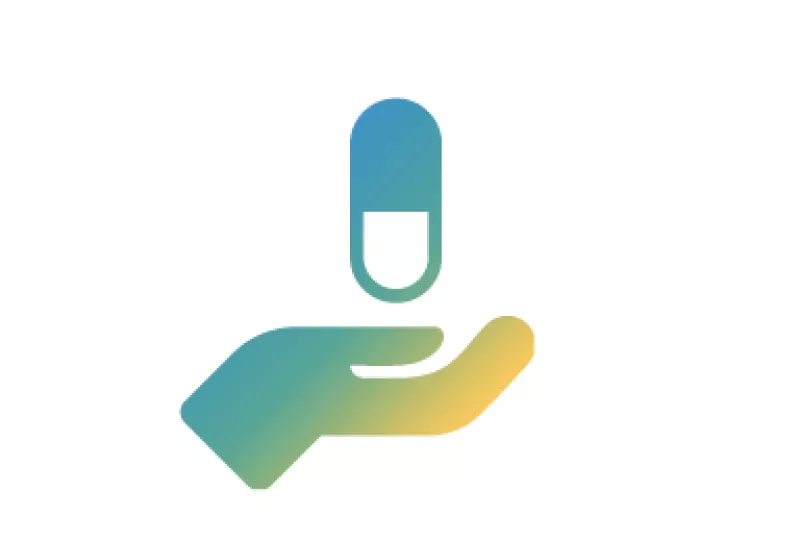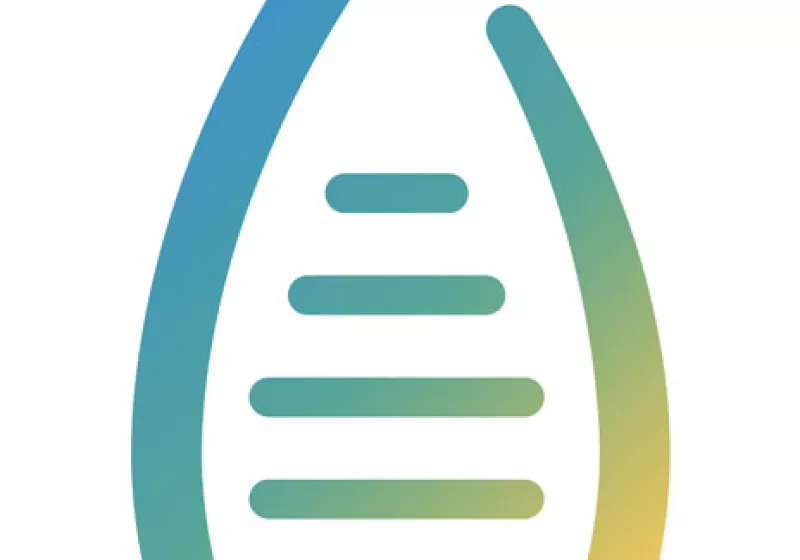Estamos presentemente a traduzir e a actualizar este material na sua língua. Uma versão actualizada deste conteúdo em inglês pode ser encontrada em baixo.
It can be disappointing and frustrating to discover that a therapy for your condition has been approved in Europe, and to hear that it cannot be offered to you. Below, we discuss some of the reasons why this might happen.
The therapy may not yet be available in Europe
- Different regions have different organisations regulating medical therapies. A therapy which is approved in North America or Australia may not yet have completed the approvals process in Europe.
- A therapy may have completed the regulatory approvals process in, but has not yet been made available on European markets. This decision is made by the company manufacturing the therapy, not by European regulatory organisations.
The therapy may only be approved for a specific variant or sub-type of your condition
- The therapy may have been approved only for a specific sub-type or genetic variant of a condition. Before it can be made available to patients with other variants, it will need to go through further clinical trials, and be approved for their specific case.
- The therapy may have been approved for use only in a particular group (for example, patients over 60), and need go through the approvals process before it can be used in other groups.
- The therapy may have been made available under a special case called ‘compassionate use’. In rare cases, an individual patient may be offered a therapy which is still being investigated in clinical trials, and has not yet received full regulatory approval. This compassionate use exception can only apply to patients living with a life-threatening, long-lasting, or debilitating condition, with no approved therapy, who cannot enter clinical trials. The laws around compassionate use vary between countries.
The therapy may be approved, but not yet available in your region
- Once a therapy has been approved by the European Medicines Agency, the process of agreeing on the price of the therapy begins. This negotiation is between a specific country's national health service and the company manufacturing the therapy. It is not regulated at an EU level. This can be a lengthy process, and some countries may reach an agreement with the companies before others.
- If a therapy has been approved in your country, it may not be possible for you to be offered it where you are based. It may not be possible to offer a therapy in hospitals across the country, due to issues of cost or the need for specifically trained staff. For rare conditions, it may only be possible to receive a particular therapy in a specialist health centre. These decisions are made at a national level rather than a European level.
Each treatment plan must be considered on an individual basis
Gene and cell therapies are often presented in the media as the ultimate solution to rare or complex conditions. However, each case is unique, and each therapy carries different potential risks and benefits. A patient and their healthcare team should balance the risks and benefits in their specific case.
- The long-term effects of new therapies are not as well-understood as more established therapies. If a patient is likely to respond well to a more established treatment, they may decide with their healthcare team that this is the safer option.
- Receiving certain therapies may make you ineligible to receive other therapies in the future. It may therefore be more appropriate to attempt one or several more traditional therapies before considering gene and cell therapies. This allows patients more opportunity to 'keep their options open' in terms of future treatment.
- It is possible that a therapy you have had in the past, or another health condition, means that a specific therapy is not suitable for you.
- Different levels of risk or potential side-effects can be more or less acceptable to patients depending on their specific circumstances or preferences. You should have a frank discussion with a trusted member of your healthcare team to ensure you make the decision which is right for you.

